"Rendering Tale:
Comparing SVG, Canvas, WebGL (and CSS)
@vincentntang : twitter
About Me












About Me





Some clients
Work



<disclaimer>
Fundamentals
Showcase Examples
Why?
Web makes communication standards easier
The ones that do it best have
great UX design and Animations
mastery requires knowledge in:
SVG, Canvas, WebGL (and CSS)
Software solves problems
...opens oppurtunities for bigger, meaningful projects (dev/agency).
Goal of Talk

- SVG, Canvas, WebGL
- Low Level
- High Level
- Examples (Business, Practical)
- Tooling
- Performance
- <disclaimer>
- Creative Agency
- Tooling Visualization

Images Vs Vectors



Canvas
- One DOM Element
- Requires Javascript
- Raster Based
- Animate by calling a function
- Not portable
SVG
- Multiple DOM Elements
- Does not require javascript
- Vector Based
- Animate by modifying it's DOM attribute
- Very portable, copy paste HTML

When to use SVG?
- Copypaste SVG assets from https://www.flaticon.com/ instead of fontawesome
- Don't want to use CSS sprites on a page
- Don't want to use images
- Need to make a simple CRUD app
- Using something like d3.js for data viz
- Don't mind using the extra HTML markup
Canvas+SVG
- Open maps
- https://tympanus.net/codrops/2015/12/16/animated-map-path-for-interactive-storytelling/
SVG
SVG is an XML based vector image format for 2-dimension graphics with support for interactivity and animation. SVG specification was developed by W3C in 1999
- Wikipedia
Scalable Vector Graphics
Can be rendered in any size and resolution
Comprised of vectors drawn with strokes and fill
graphics
Bitmap vs SVG


SVG are native markup documents written in native webcode
SVGs are styled with CSS and controlled by Javascript
SVG is standard graphics format
- Create and edit SVG in sketch, adobe illustrator, etc
- Display SVG in image viewers and web browsers
- SVG is an open format you can use as any vector based graphic - not limited to just web graphics

⌘
Pros
Pros:
- Scales on any display
- Less HTTP requests to handle
- Small file size
- Many ways to animate
- Its just HTML markup
- Portable
- Data Visualization
<svg xmlns="http://www.w3.org/2000/svg" xmlns:xlink="http://www.w3.org/1999/xlink"
x="0px" y="0px" width="450px" height="100px" viewBox="0 0 450 100">
<rect x="10" y="5" fill="white" stroke="black" width="90" height="90"/>
<circle fill="white" stroke="black" cx="170" cy="50" r="45"/>
<polygon fill="white" stroke="black" points="279,5 294,35 328,40 303,62 309,94
279,79 248,94 254,62 230,39 263,35 "/>
<line fill="none" stroke="black" x1="410" y1="95" x2="440" y2="6"/>
<line fill="none" stroke="black" x1="360" y1="6" x2="360" y2="95"/>
</svg>
3 Ways to use SVG
- Inline
- Embedded with CSS background
- Image `src`
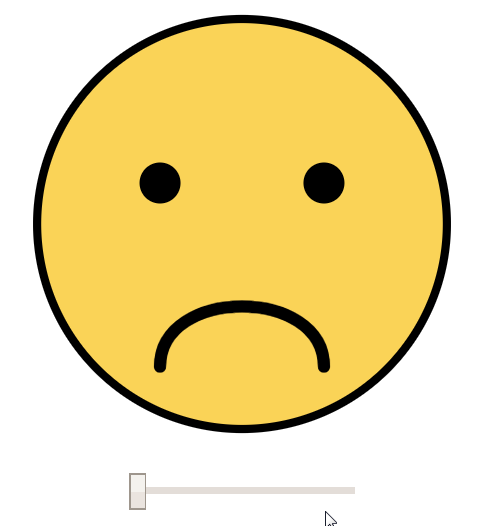

Animating in VanillaJS
// Returns the bezier points for a smile. Scale is 0-1.
function smilePoints(scale) {
const factor = scale * 2 - 1; // i.e sad = -1, happy = +1
const p1 = { x: -20, y: -10 * factor };
const c1 = { x: -20, y: 10 * factor };
const p2 = { x: 20, y: -10 * factor };
const c2 = { x: 20, y: 10 * factor };
return [p1, c1, c2, p2];
}
function writeSmilePoints(points) {
console.log(points);
const p = p => `${p.x},${p.y}`; // write a point as a coord
return `M${p(points[0])} C${p(points[1])} ${p(points[2])} ${p(
points[3]
)}`;
}
function scaleSmile(scale) {
// Get the geometry of the new smile.
const points = writeSmilePoints(smilePoints(scale));
const svg = document.getElementById("svg");
// Create the geometry animation, which will look summat like this:
// <animate attributeName="d" attributeType="XML"
// to="M-20,10 C-20,-10 20,-10 20,10" dur="3s" repeatCount="indefinite"
// fill="freeze" />
const smilePath = document.getElementById("smilepath");
const animate = document.createElementNS(svg.namespaceURI, "animate");
animate.setAttribute("attributeName", "d");
animate.setAttribute("attributeType", "XML");
animate.setAttribute("to", points);
animate.setAttribute("dur", "0.3s");
animate.setAttribute("repeatCount", "1");
animate.setAttribute("fill", "freeze");
smilePath.appendChild(animate);
animate.beginElement();
}
function onChange() {
// Get the slider value, scale it from percentage to 0-1.
const val = this.value;
const scale = parseInt(val, 10) / 100;
scaleSmile(scale);
} <svg id="svg" viewbox="0 0 120 120">
<g id="face" transform="translate(60 60)">
<!-- Yellow Background-->
<circle
id="facecircle"
cx="0"
cy="0"
r="50"
stroke="#000000"
stroke-width="2"
fill="#FAD257"
/>
<!-- Left Eye, Right Eye-->
<circle cx="-20" cy="-10" r="5" fill="#000000" />
<circle cx="20" cy="-10" r="5" fill="#000000" />
<!-- Smile -->
<g id="smile" transform="translate(0, 25)">
<path
id="smilepath"
fill="none"
stroke="#000000"
stroke-width="3"
stroke-linecap="round"
d="M-20,-10 C-20,10 20,10 20,-10"
/>
</g>
</g>
</svg>Hand Code

From Adobe Illustrator, Sketch, etc


JS Library - e.g. Anime.js
3 ways to animate SVGs
- Transition / states
- CSS Keyframes / Animation
- JS to manipulate `attr` data
SMIL



tanuki-nose {
fill: #e24329;
transition: all 0.8s;
}
.tanuki-nose:hover {
fill: #f1a699;
transition: all 0.1s;
}
svg {
animation: grow 5s infinite;
}
@keyframes grow {
50% {
transform: scale(1.5);
}
}1. Starting State
2. Ending State
3. Use a library
SVG Animating Tools
- Adobe AfterEffects + Plugin (Lottie, BodyMoving)


AfterEffects + Lottie
AfterEffects + Lottie
SVGator
SVG tool for one-time CSS Animations
AE / Lottie

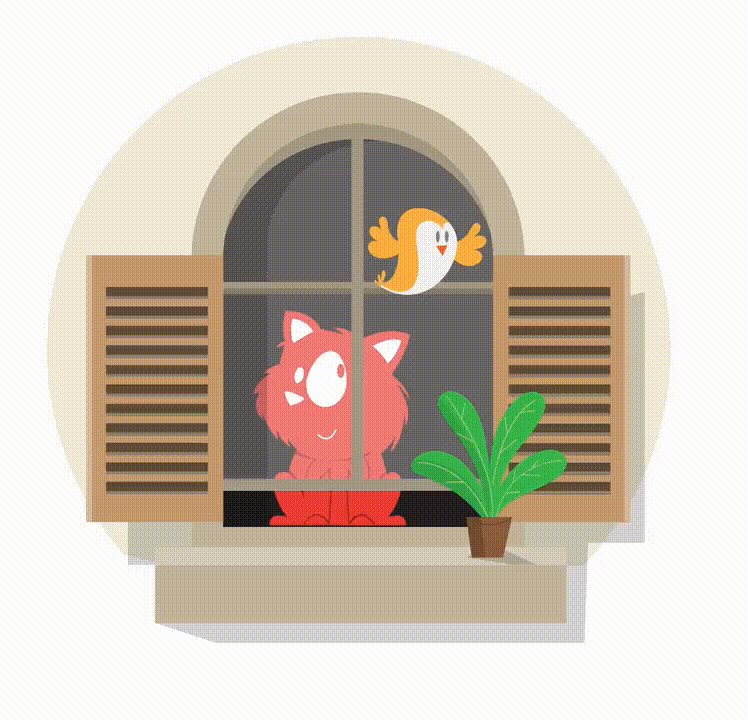
6 kB
Native SVG
~200 kB minified per graphic
SVGator
~32 kB minified
One-time CSS Keyframe
Gifs

300kB to 10mb
Can set loop amount
pen by sarah drasner
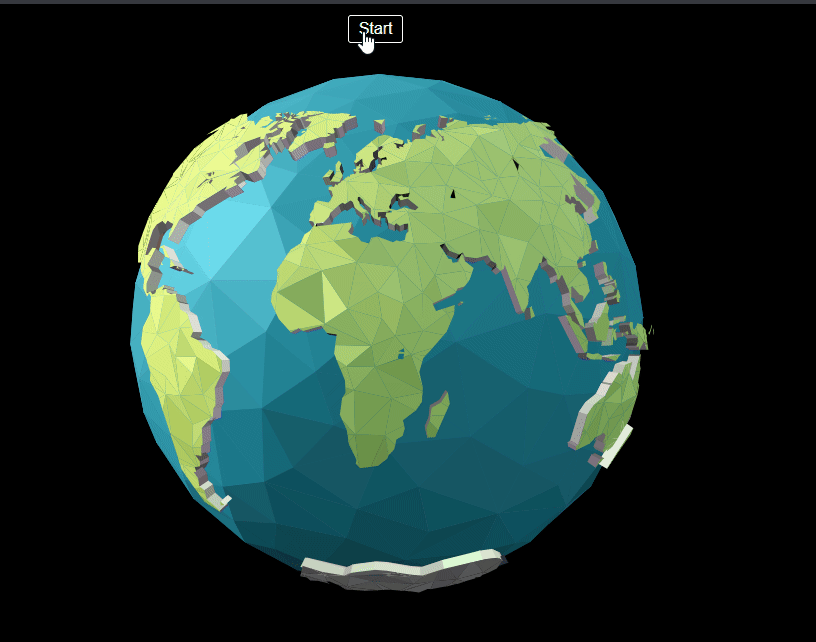
Examples
d3.js
SVG Assets to download
https://www.flaticon.com/
HTML Canvas
HTML Canvas
What is it?
- 2011 HTML5 spec, for drawing graphics on a screen

Can I Use?

WebGL
WebGL
Javascript API that enables creation and display of 3D content inside browser using GPU (Graphical processing unit)
- Works in all modern browsers
- Low level API




CanIuse?

WebGL
A javascript API that enables creation and display of 3D content inside browser using the graphical processing unit (GPU)
- Low Level API
var gl = canvas.getContext("webgl2");

HTML, CSS, Javascript



ThreeJS
Opensource Javascript library that abstracts complexity of webGL for 3D content, making things easier to manage
- Handles linear algebra / matrix-math behind scenes
Hello world WebGL
How it works

Hello World WebGL
How it works



ThreeJS




Examples

1. Scene
2. Camera
3. Renderer

4. Mesh
6. Material
5. Geometry
7. Lights

<Example Code>
Scene Graph

Introduction to Three.js
Breakdown
//FoV, aspect, near, far
var camera = new THREE.PerspectiveCamera(
75,
window.innerWidth/window.innerHeight,
0.1,
1000
);
camera.position.z = 100;
var renderer = new THREE.WebGLRenderer();
renderer.setSize( window.innerWidth, window.innerHeight );
document.body.appendChild( renderer.domElement );var geometry = new THREE.BoxGeometry(20, 20, 20);
var material = new THREE.MeshLambertMaterial({color: 0xfd59d7});
var cube = new THREE.Mesh(geometry, material);
scene.add(cube);
var light = new THREE.PointLight(0xFFFF00);
light.position.set(10, 0, 25);
scene.add(light);var scene = new THREE.Scene();
By Dennis Gaebel.
Loading the data
// Sets up the scene.
function init() {
// Code from previous steps goes here...
// Load in the mesh and add it to the scene.
var loader = new THREE.JSONLoader();
loader.load( "models/treehouse_logo.js", function(geometry){
var material = new THREE.MeshLambertMaterial({color: 0x55B663});
mesh = new THREE.Mesh(geometry, material);
scene.add(mesh);
});
// More code goes here next...
}three.js examples
-
matterport
- Figma
- Lucidchart
- Arcentry - Three.js + vue
- Google Earth
- Mapbox
- Panic Transmit
- A-Frame (VR Mozilla)
- Pottermore Hogwarts
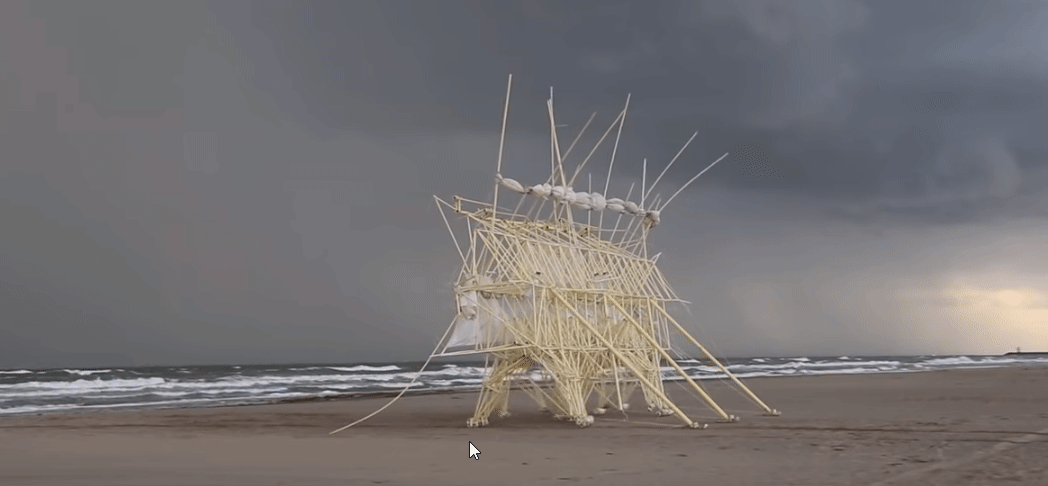
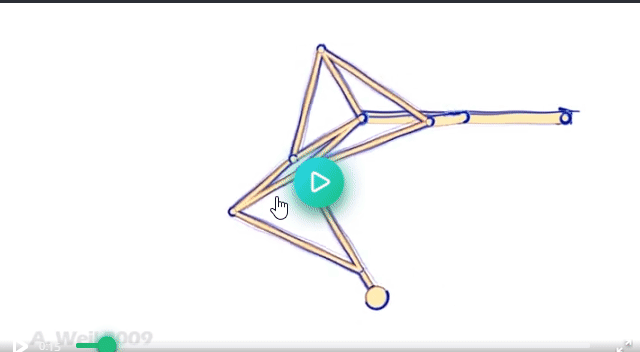
ThreeJs ExampleFusion360
Pixi.js
http://ellcreative.com/
OTHER
Simple UX and animation effects
CSS, simple JS, and images, etc
CSS Sprites


- 10 kb
- More performant to group many icons over many small SVGs
- Spritecow.com
- Ecommerce
Drag and Drop
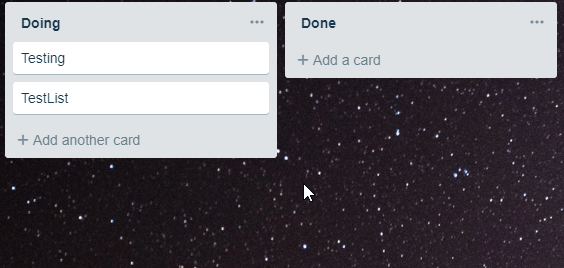
Parallax
CSS Positioning and Javascript
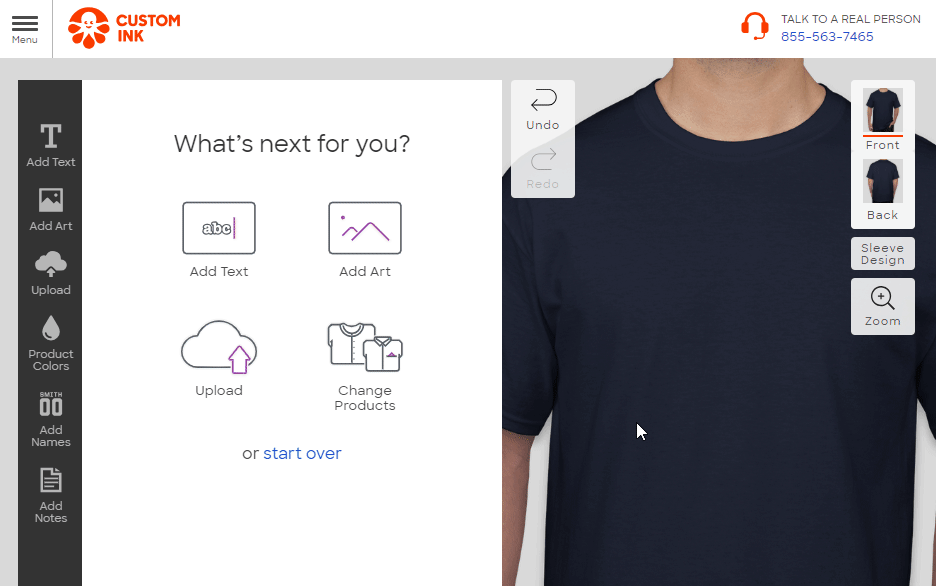

Fonts and Emojis ⚡

52 kB
Summary
Which tech to use?
WebGL
-
Shader + lighting support
-
3D + camera
-
Three.js
-
Pixi.js
Canvas
- Physics Demo
- A lot of items on screen
- WebGL fallback
OTHER
- CSS Sprites
- Drag and Drop
- Parallax
- FontAwesome
- CSS Positioning
- CSS Transforms
- Reveal.JS
- Animate.css
SVG
- Compact
- Portable
- Flexible
- Animatable
- Just HTML / XML
- Can do pretty much anything
- Works with canvas/other
It depends.
check for edge cases first.
Cons of each
SVGs
- Generally requires tooling
- Performance issues with too many objects
Native WebGL2
- A lot of boilerplate
- Complex (GLSL code)
- Requires GPU
- Generally requires tooling
Canvas
- Not portable
- Most limited of 3 options (cannot use CSS on it, no shaders)
👋 Questions?
Combination Patterns
- Canvas on top of Canvas - Earthcc
- Canvas on top of WebGL (mapbox) - hoodmaps
- SVG + Canvas for Maps
- SVG with blurring / color effects on top of image
- React/Vue/Angular as side menus / event listeners, canvas/webgl in center
- HTML Canvas as fallback to webGL (e.g. pixi.js)
CSS
- Position: absolute
- Z-index
SVG Resources
- Sarah Drasner's slides
- Codrops SVG examples
- CSS Tricks SVG articles
- 😊 Animating SVG with pure JS - 2018
- Learning SVG - lynda.com + few others
Some Common Libraries
- SVG.js
- Snap.svg
- D3.js
- Mo.js
- Anime.js
- Morph SVG, DrawSVG, TweenMax (GSAP)
- Embedded SVG using SCSS (sass-svg)
Tooling
- Adobe Illustrator / Figma / etc
- Flaticon
- Drawing by hand
- AfterEffects / Lottie
- http://www.heropatterns.com/
Real World SVG Examples
- Gitlab's Logo
- Nuclino - AST mapping for notes
- 16 personalities - Static Logos
- Curse.com - Animated logos
- React Redux chrome extension tools
- Graphviz / mermaidJS
- Musicnotes.com
- MIT Scratch / educational K-12 content
- SVGator
- 2dimensions.com
- https://d3js.org/
- https://gannon.tv/work
- https://css-tricks.com/what-is-svg-good-for/
- https://codepen.io/collection/svfAa/10/
- https://codepen.io/chriscoyier/pen/WRwxYO/
- https://www.youtube.com/watch?v=z8EppLDkgtw
More Real World SVG
WebGL Resources
- WebGL2 Fundamentals
- Rachael Smith threejs intro
- Red stapler threeJS tutorial
- Learning Three.js - Lynda
- Evan Wallace - WebGL water
- https://www.iquilezles.org/www/index.htm
Libraries / Tooling
- Three.JS (3D)
- Pixi.JS (2D)
- Phaser (2D games)
- Blender / Maya / Etc
- Unity /Unreal plugins
Deeper Dive in 3D without libraries
- Khan Academy 3D shapes
- UC SanDiego Computer Graphics in c/c++
Real World WebGL Examples
- AutoCAD Fusion360 - Three.js
- Thingiverse - Three.js
- Figma
- Lucidchart
- Arcentry - Three.js + vue
- Google Earth
- Mapbox
- Panic Transmit
- A-Frame (VR Mozilla)
- Pottermore Hogwarts
- WebGL Water test
- Matterport
- https://2050.earth/
- Oil Map
- https://www.clicktorelease.com/code/cruciform/
- https://renaultespace.littleworkshop.fr/
Anything found from these agencies
- https://www.littleworkshop.fr/
- https://www.epic.net/en
- https://activetheory.net/work
- https://threejs.org/docs/
Real World Canvas Examples
- Remoteok.io - Work statistics
- Reddit r/place - largest canvas experiment
- Hoodmaps - Canvas overlay on a map
- Freezeframe - Canvas image placeholder over gifs
- Cambecc - Earth
- Soundslice - WYISWYG music editor
(real world examples are hard to find)
Addional Resources Comparing Technologies
- Figma 2015 webGL - Figma comparing feature sets for business tooling
- 2D - webGL vs canvas - 2014 stackoverflow
- Comparison animation technologies - 2016 CSS tricks / Sarah Drasner
Examples that don't need webGL, SVG, or Canvas
- Reveal.js / Slides.com
- Drag and drop
- Parallax
- realthread.com (image overlay on T-shirts)
Animation Resources
Splitting.js
Anime.js 3.0 (really nice docs)